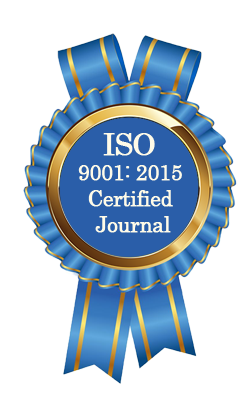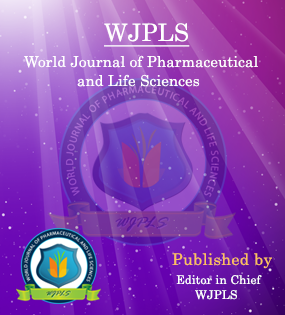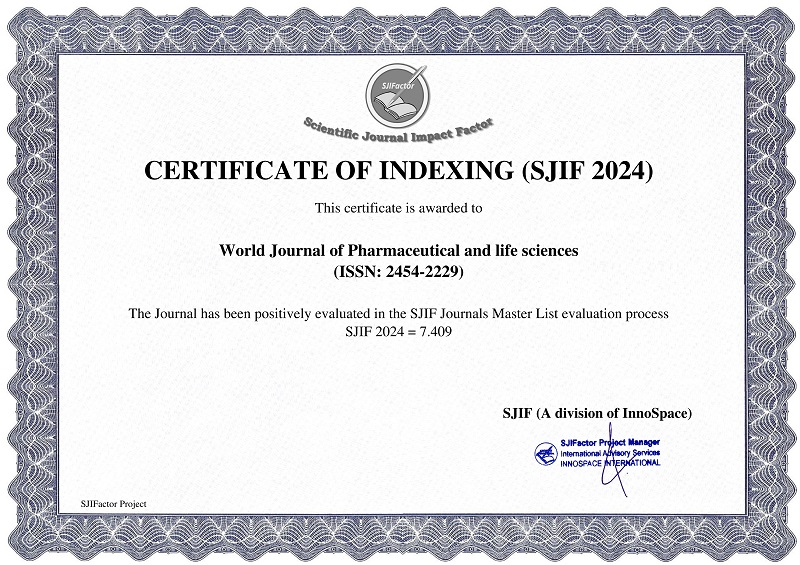Abstract
EFFECT OF CHLORPYRIFOS ON THE BIOCHEMICAL COMPOSITION OF THE FISH, MYSTUS GULIO (Hamilton, 1822)
Dr.K.Revathi* and Fathima Shireen
ABSTRACT
Aquatic toxicology is the study of the effects of environmental contaminants on aquatic organisms, such as the effect of pesticides on the health of fish or other aquatic organisms. Fishes are exposed to pesticides in three primary ways: dermally through direct absorption by skin, direct uptake while breathing through gills during respiration and orally by drinking pesticide-contaminated water. Chlorpyrifos, a pesticide, is moderately toxic to humans, and exposure has been linked to neurological effects, persistent developmental disorders, and autoimmune disorders. In the present study, fingerlings of fish, Mystus gulio were chosen as test animals because of their easy availability and their importance as edible fishes. It has been calculated that LC50 values of CPF for 24h, 48h, 72h and 96h are 0.090 ppm, 0.080 ppm, 0.073 ppm and 0.070 ppm respectively. Jerks, erratic and uncoordinated movements and the tendency of fish to escape can be attributed to the damages in the brain tissues, suppression of AchE activity and low glycogen content which impair the function of brain. At higher concentrations (0.06 and 0.08ppm) as the exposure periods increases to 96h, the increased opercular movements associated with lethargy in swimming and increased surface activity are the indication of hypoxic conditions in the fingerlings due to pollution stress. In conclusion, studies on the effects of CPF on fish have diagnostic significance as the results obtained can be used to predict probable mechanisms of toxicity in human. Besides, fish have proven to be useful experimental models for the evaluation of the health of aquatic ecosystems exposed to environmental pollution and the associated biochemical changes.
[Full Text Article] [Download Certificate]WJPLS CITATION 
| All | Since 2019 | |
| Citation | 422 | 322 |
| h-index | 9 | 7 |
| i10-index | 4 | 2 |
INDEXING
NEWS & UPDATION
BEST PAPER AWARDS
World Journal of Pharmaceutical and life sciences Will give best paper award in every issue in the from of money along with certificate to promote research .
Best Article of current issue
Download Article : Click here





